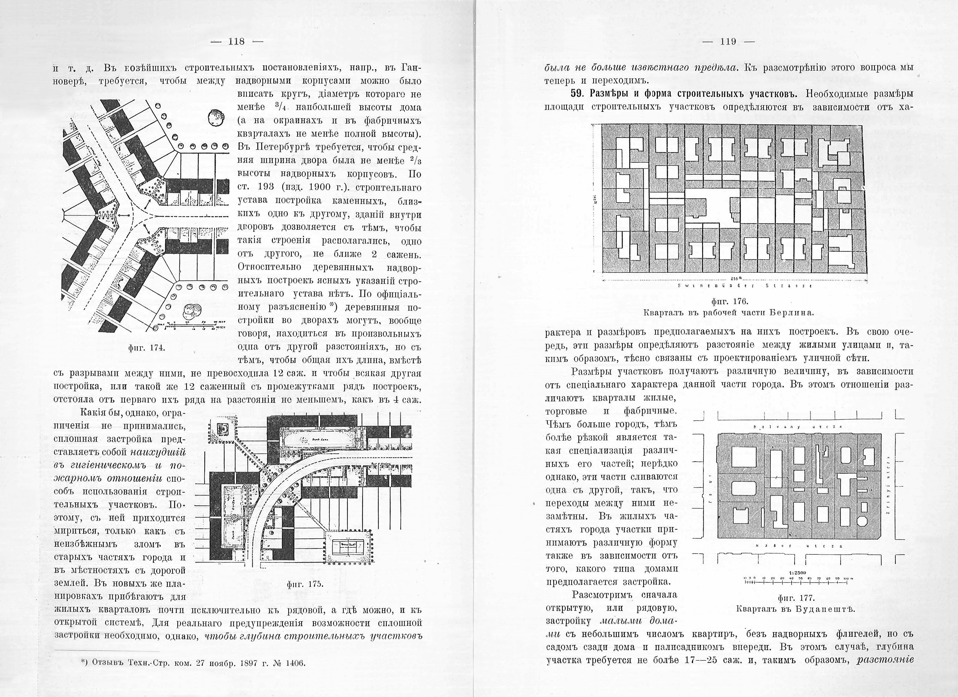Between Decoding and Recoding. Rudolf Eberstadt’s ‘Handbuch des Wohnungswesens’ and Raymond Unwin’s Manual ‘Town Planning in Practice’
Katrin Albrecht, L. Zurfluh

Abstract
In the genre of handbooks, theory, practice, and history of urban planning and design were assembled. The books provided an important means to compile knowledge of the new discipline; they aimed to classify, arrange, and codify it, and to make it accessible for the education of future town planners as well as for practical implementation and the work of public authorities. Consequently, handbooks accomplished a twofold intention: the systematization of knowledge and the communication of methodical concepts. Although the authors usually intended to present views as unbiased and applicable as possible, their works inevitably reflect the contemporary urbanistic theories and ideologies. Raymond Unwin’s Town Planning in Practice and Rudolf Eberstadt’s Handbuch des Wohnungswesens, two key works of urban planning literature published in 1909 against different backgrounds, have considerably shaped the respective national and international urban planning discourse after the turn of the century offering new approaches and conceptions of urbanistic issues.
Albrecht, K., and L. Zurfluh. “Between Decoding and Recoding. Rudolf Eberstadt’s ‘Handbuch des Wohnungswesens’ and Raymond Unwin’s Manual ‘Town Planning in Practice’.” In Recoding the City, edited by B. Hentsche and H. Stühlinger, 119–137. Berlin: Jovis, 2019.


